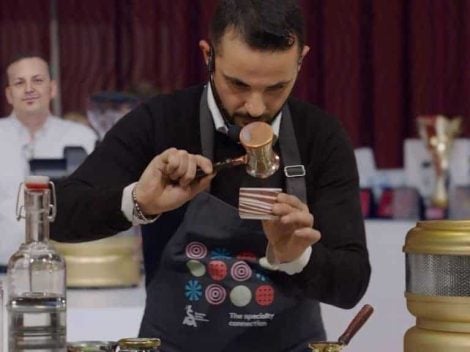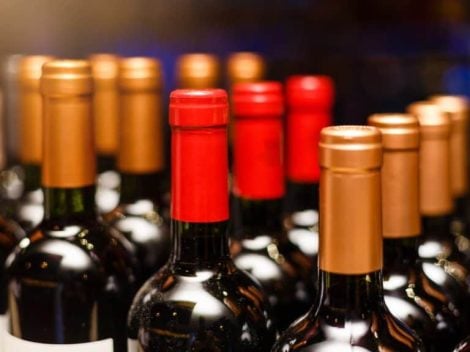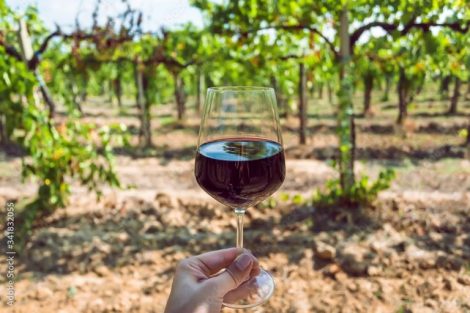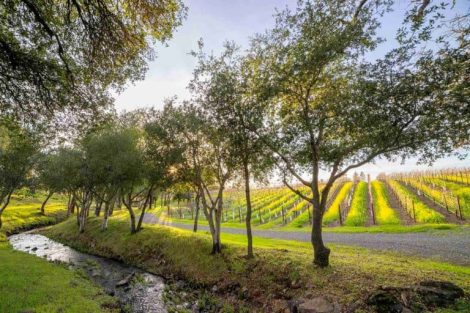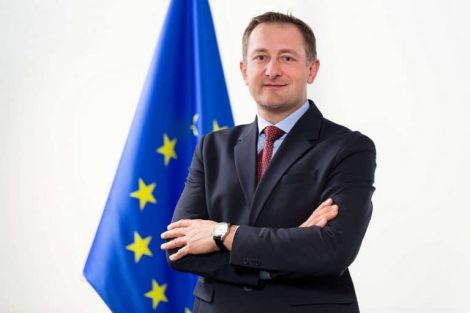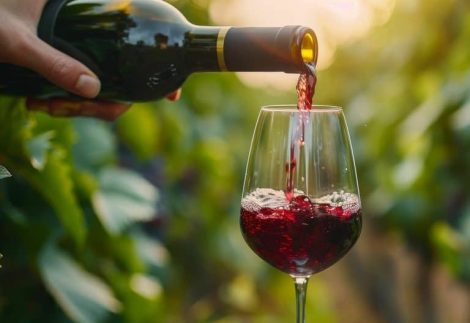Baby Brunello, a cousin of the DOCG, Montalcino's second wine: there are many and varied "labels" that can be given to the Rosso di Montalcino. According to the Wall Street Journal, which recently praised it in an article, it could be seen as a more affordable Brunello for wine lovers who are both impatient and budget-conscious. In fact, despite having the same grape variety, territory, and producers, it costs one-third of Brunello (on average around 30 euros versus 90 euros for Brunello) but is available on the market much earlier than its more famous relative. The regulations for Rosso specify a one-year gap between grape production and market release. For Brunello, on the other hand, five years must pass, and sales are only allowed from January 1. While aging has always defined the prestige of a designation, in a world that moves fast and demands more freshness and acidity, "youthfulness" can also be an added value. The crisis of the great red wines (to which Brunello seems currently immune) remains a warning.
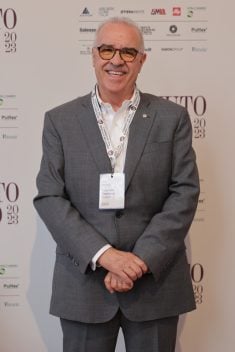
Fabrizio Bindocci, President of the Consortium for the Protection of Brunello di Montalcino
Brunello and Rosso in comparison
They know this well in Montalcino, where, while the DOCG continues to be the blue-chip to bet on, Rosso could be a bet for the future. The similarities are there, as explained by Fabrizio Bindocci, president of the Consortium: "The two wines are offspring of the same land and in many cases, the same rows: Brunello producers are obviously the same as those of Rosso, and they know better than us that the risk of competition does not arise because the distinctive features are equally evident and not only related to production techniques but also to consumers' perception of both products." Therefore, there is no fear of an all-Montalcino derby. "We are happy to see the quality of Rosso compared to Brunello - continues Bindocci, not at all bothered by the comparison - it is evident that companies are becoming increasingly skilled. I must admit that in recent years, the Rosso di Montalcino has made a decisive acceleration in terms of quality, with more and more Consortium members focusing on characterizing a versatile product, capable of being enjoyed immediately but also aging very well. Comparing it to Brunello is not a problem; it's an asset."
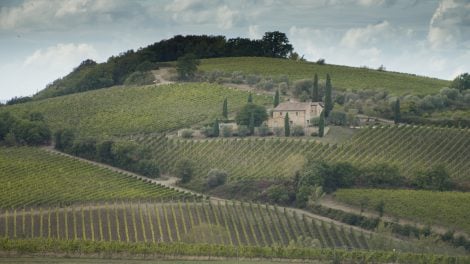
A glimpse of the vineyards of Montalcino
Expanding the hectares of Rosso
And they understand how to use this asset to its best advantage in these parts. It's no coincidence that the project is to expand the DOC register precisely to produce more Rosso di Montalcino: "The DOC will grow further; important choices for the future are required," as indicated by Bindocci. Looking at the numbers, the idea doesn't seem so far-fetched: in the inverted pyramid of the denomination, Rosso averages between 3.5 and 4.2 million bottles per year, and in 2022 alone, demand grew by 20%, both in Italy and abroad. "We have always been conservative regarding production potential; for 26 years, we have not touched the number of hectares dedicated to our Brunello di Montalcino. It is customary to voluntarily reduce expected yields each year. However, this does not exclude the fact that, in a context of growing demand, it may be necessary to increase the critical mass of the DOC to prevent customers from turning elsewhere." Currently, the hectares dedicated to Rosso are 510 (compared to Brunello's 2,100). The proposal is to increase by about 320 hectares: without authorizing new vineyards, but simply by selecting from those with Sangiovese grapes currently classified as Toscana IGT. For these, a "promotion" that would allow Brunello not to be downgraded to Rosso, as is partly the case now to have a product ready for immediate market entry. Therefore, while the total sum of Montalcino's vineyards would remain the same - 3,500 hectares - the potential for Rosso would increase by about 60%. However, as some producers confide, it is not certain that all of it should be used: one of Montalcino's main vocations is to produce less. For example, Brunello produces only 70% of what it could. And so far, it cannot be said that the strategy has been wrong.

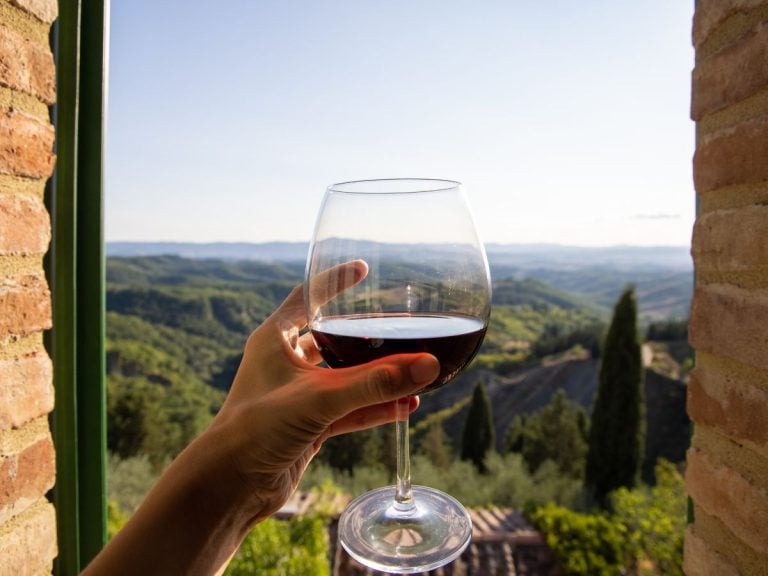
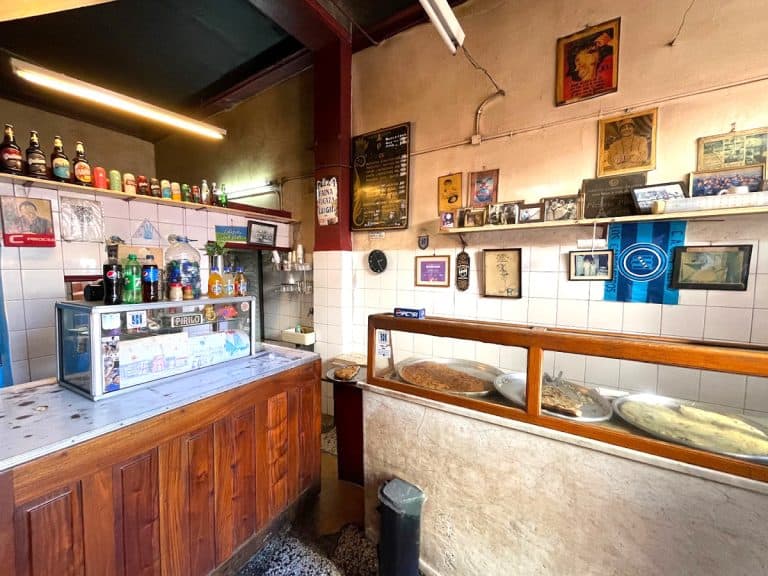 The Ligurian Focacceria in Buenos Aires hidden in the cradle of Tango
The Ligurian Focacceria in Buenos Aires hidden in the cradle of Tango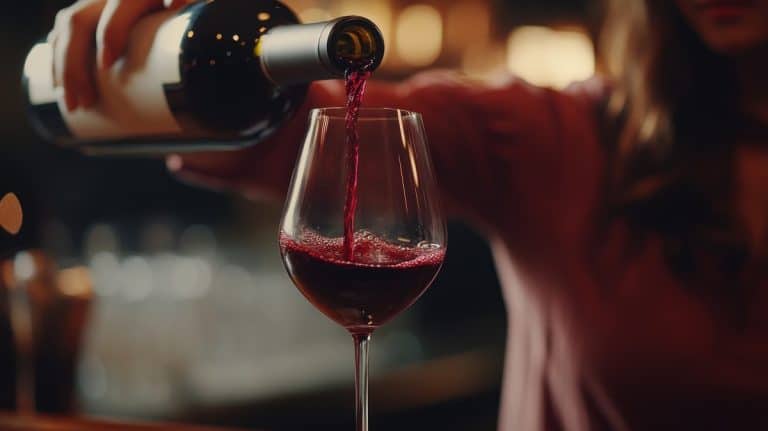 The Chianti Classico wines with the best quality-price ratio selected by Gambero Rosso
The Chianti Classico wines with the best quality-price ratio selected by Gambero Rosso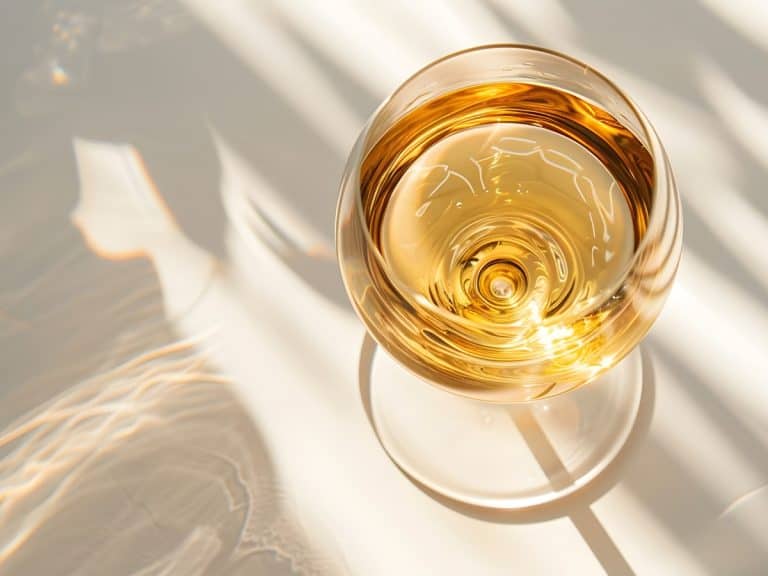 The new life of dessert wines: the era of serving them only at the end of a meal is over
The new life of dessert wines: the era of serving them only at the end of a meal is over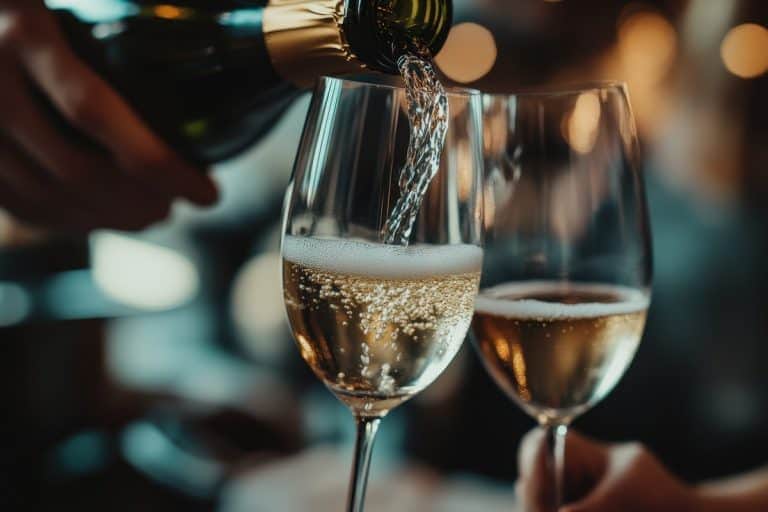 The 12 Conegliano-Valdobbiadene Prosecco Superiore wines with the best quality-price ratio selected by Gambero Rosso
The 12 Conegliano-Valdobbiadene Prosecco Superiore wines with the best quality-price ratio selected by Gambero Rosso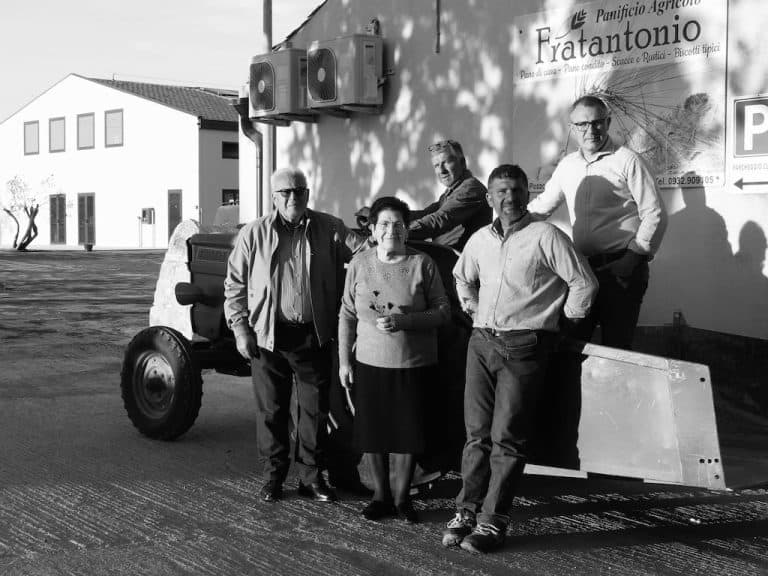 The story of the small agricultural bakery in Modica that preserves an ancient wheat variety at risk of disappearing
The story of the small agricultural bakery in Modica that preserves an ancient wheat variety at risk of disappearing